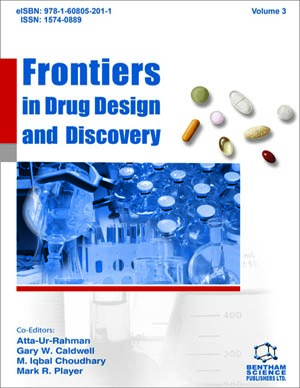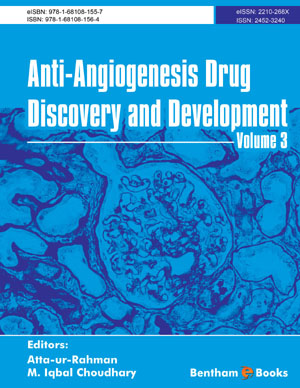Abstract
The evolution and subsequent design of clinically effective antimalarial drugs particularly 4-aminoquinolines, 8-aminoquinolines and 9-aminoacridines are reviewed. These molecules benefited from scientific advances in medicinal and synthetic chemistry guided by pharmacological screening, including animal models of malaria. The mechanism of action of antimalarials, especially against the heme receptor, and the impact of this knowledge on drug design is critically discussed. Modelling investigations and quantum mechanics calculations reveal close contacts between the porphyrin ring and selected atoms within compounds such as the bisquinoline, metaquine. Analysis of these close contacts can be used to design compounds with modulated antimalarial activity to further clarify the drug action. Knowledge of mammalian drug metabolism and pharmacokinetics, together with detailed in vitro and in vivo pharmacology has aided (a) resurrection of old compounds and (b) redesign of existing compounds. The latter includes judicious modification (e.g. inversion of oxidizable functional groups as in SN-13,730 i.e. isoquine) or introduction of groups blocking metabolism (e.g. exploiting bond strength viz. fluorine or steric effects with the t-butyl group). This simultaneous modulation of both drug metabolism and interaction with the heme receptor can be used to enhance antimalarial activity. Compounds benefiting from such modifications include primaquine, pyronaridine, isoquine, metaquine and AQ-13, together with selected analogues with useful activity against drug-resistant Plasmodia in vivo. It is concluded that optimisation of the privileged quinoline and acridine scaffolds, discovered in the early part of the 20th century, still has a vital role to play in the future discovery of cost effective solutions to malaria.






















